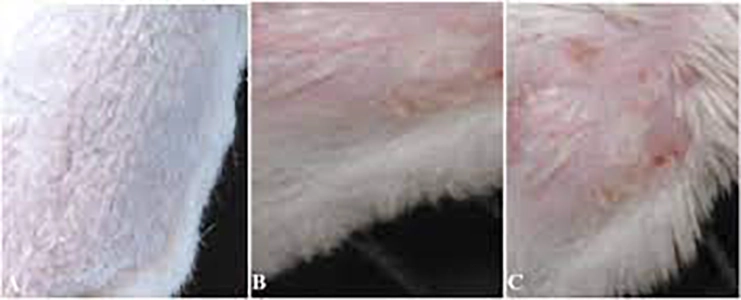Test No. 202: Daphnia sp. Acute Immobilisation Test
Test No. 202: Daphnia sp. Acute Immobilisation Test “OECD 202” actually refers to the Daphnia sp. Acute Immobilisation Test, a standard laboratory procedure used to assess the short-term toxicity of chemicals to freshwater invertebrates like Daphnia. Here’s what you need to know about OECD 202: What it does: Measures the acute (short-term) effects of a substance […]
Test No. 202: Daphnia sp. Acute Immobilisation Test Read More »











